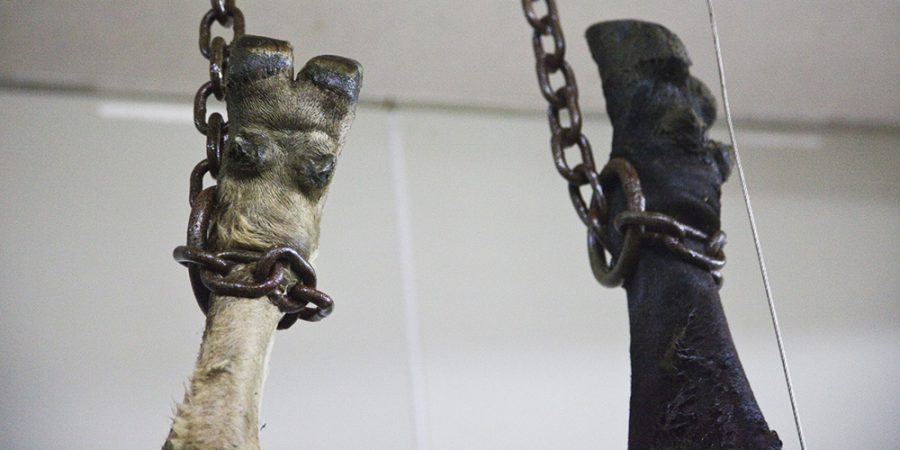Our society values kindness to animals. We teach our children to be gentle, and most people are instinctively moved to help an animal in distress.
But at the same time, nine out of ten Australians eat animals, who are generally raised and slaughtered in secrecy — and left exposed by cruelty laws. Cows become ‘beef’, pigs become ‘pork’, and when we stand at the supermarket chiller, the suffering of those sensitive animals remains well hidden.
What about the people forced to live out this contradiction? Common sense — and a growing body of scientific evidence — explains that working in a slaughterhouse can have an immense emotional and psychological impact, with serious consequences for these workers, their communities — and the animals whose final moments they participate in.










